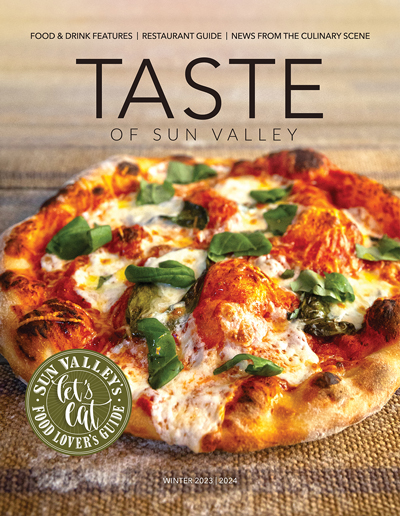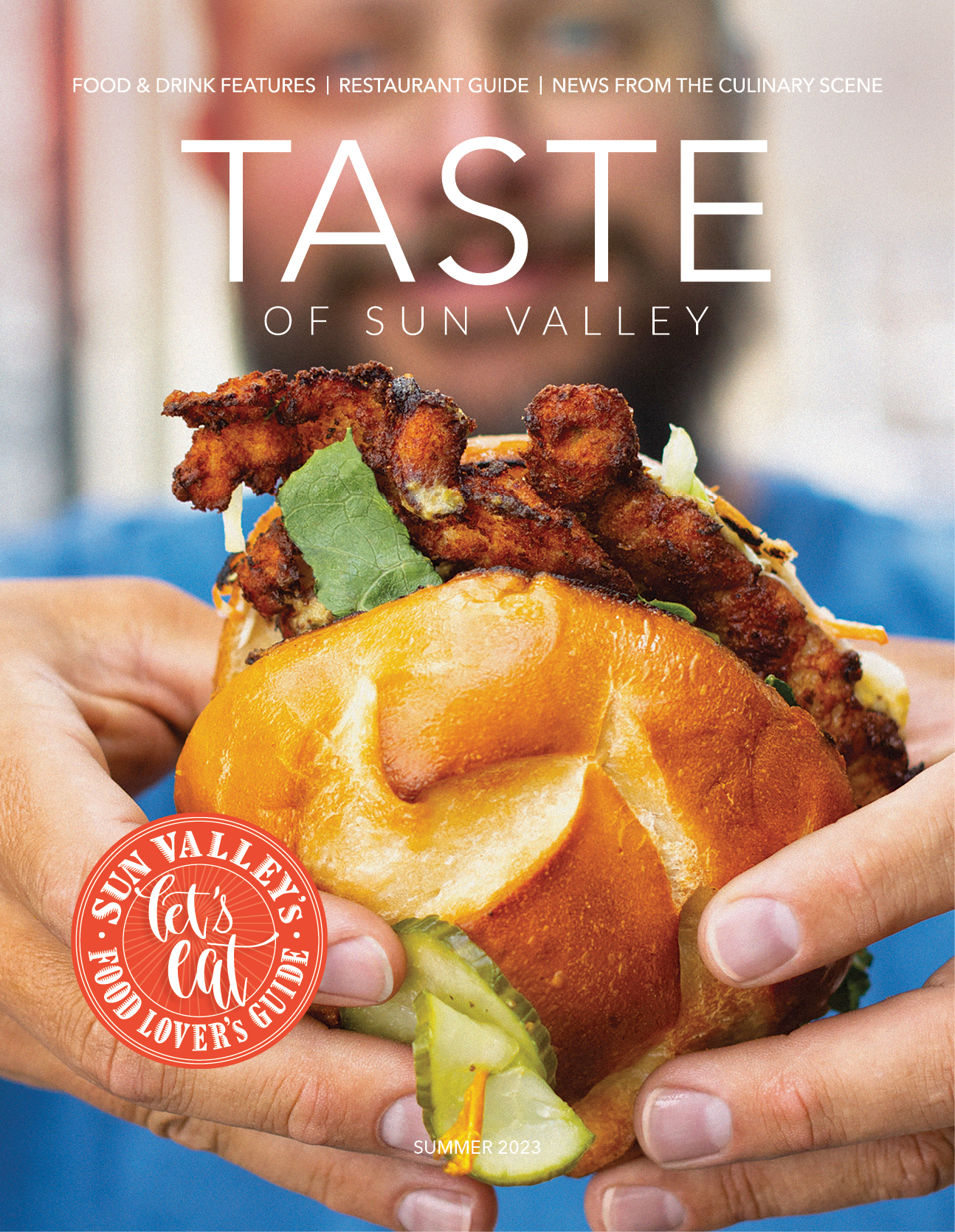November 19, 2015, broke clear and cool, as it usually does, near Gilroy, California. High in the hills and a world away from the hubbub of Silicon Valley and Monterey Bay, however, something far from usual was unfolding: 25 once-wild horses known by many in the Wood River Valley as the Challis herd were set free to roam over thousands of acres of newly green knolls and valleys. There were a few witnesses but little fanfare, which is not to say the moment wasn’t dramatic. For it marked the end of a six-year odyssey for the horses and their many advocates that began with a Bureau of Land Management (BLM) wild horse roundup in July 2009 just outside Challis, Idaho.

One of the witnesses to the herd breaking free into the verdant California hills was photographer Elissa Kline. When she accepted an assignment from Sun Valley Magazine in the fall of 2004 to photograph the herd for an upcoming feature article, safe to say she didn’t expect it to change the course of her life for over a decade. At the time, Kline was living on singer Carole King’s ranch at Robinson Bar near Stanley. A friend, Bonnie Garman, had been asking Kline to photograph the Challis wild horses ever since Garman witnessed the BLM roundup that summer. After turning Garman down a few times, Kline nonetheless became intrigued by the horses and began making trips out to the Challis area to see and photograph them. As she told me recently, she “made it [her] mission to capture what their lives were like in the wild,” knowing that more horses would be removed in future roundups. Many of the photos she took then became part of a feature story written by Garman in the Winter 2007 Sun Valley Magazine.

Finally, in 2009, Kline, with the help of Bonnie and Steven Garman, photographed the BLM summer roundup. The roundups were and still are part of the land agency’s efforts to reduce the wild horse and burro populations on BLM rangelands. The wild horses are rounded up with a low-flying helicopter over several miles. According to Kline, there were 11 fatalities during the 2009 roundup of 366 horses. Once corralled, the wild horses are segregated by sex, age, and likelihood of adoption. Family dynamics or ties are not considered in segregating the herd.
A specific quota (somewhere between 185 and 253 horses for 164,000 acres of BLM-managed land) is returned to the wild; others are put up for adoption, while others still go into “long term holding.”
That fall, at a Community Library presentation in Ketchum by Deanne Stillman, author of “Mustang—The Saga of the Wild Horse in the American West,” Kline teamed up with Wood River Valley residents Doro Lohmann (who runs the nonprofit Silent Voices Equine Rescue) and Jodi Herlich to adopt 21 mares (10 of which had foals the following spring) and one stallion from the Challis herd. With financial support of the community through fundraisers, the trio was able to lease land and pay for feed on Peter Van Der Meulen’s Bellevue property for over three years. Still, it was not the permanent solution that Kline, Lohmann and Herlich were hoping for.
.jpeg)
Enter Return to Freedom, a wild horse sanctuary in Lompoc, California (Santa Barbara County). Kline had sought out founder Neda DeMayo for advice; little did she expect Return to Freedom to take all 29 horses (two had died over the years). With the help of the BLM, veterinarians Monte Easterday and Steve Fairbrother, and many volunteers, the Challis herd was transported over 1000 miles to their 300-acre home within 10 miles of the Pacific. The horses lived together there for three years. But with the California drought and rising hay prices, the solution, again, was temporary. All the while, Kline was on the lookout for a permanent home.

In January 2015, on a photo assignment for American Wild Horse Preservation, Kline met a woman who had created a private sanctuary for wild horses near Gilroy, California, four hours north of Return to Freedom. Kline said the woman (who wishes to remain anonymous) had made it her mission to save horses, whether Native American horses, wild horses, or feedlot horses sold to “kill buyers.” She agreed to take the horses on a permanent basis on her Freedom Reigns Equine Sanctuary, which comprises several thousand acres of rolling California foothills.
.jpeg)
And so, six years—nearly to the day—after Kline had first stepped into the fray to save the Challis herd, the horses were set free to live out their lives in a place Kline likened to a “Jurassic Park for horses.”
Over the years, Kline, too, had left Idaho, relocating to the California coast and, ironically, about an hour’s drive from the horses’ final home. Kline was there for the release on November 19 and said, “I’d been waiting six years to see those horses running away from me … manes and tails flying in the wind.”

She continues to visit them, photographing them whenever possible. “Each time I go out there, they are little more wild,” she said. The last time she was there, December 10, she saw them briefly, but they were so far off in the mountains she could barely make them out in the fading light she said. “Just as the sun set, I saw them running to one of the water troughs, all of them in fine shape! They were busy being horses again.”
Many volunteers and wild horse advocates cared for the Challis herd over the years. Elissa Kline and those involved with the horses from the beginning would like to express their gratitude to the many residents of the Wood River Valley who provided support and help to the cause.



